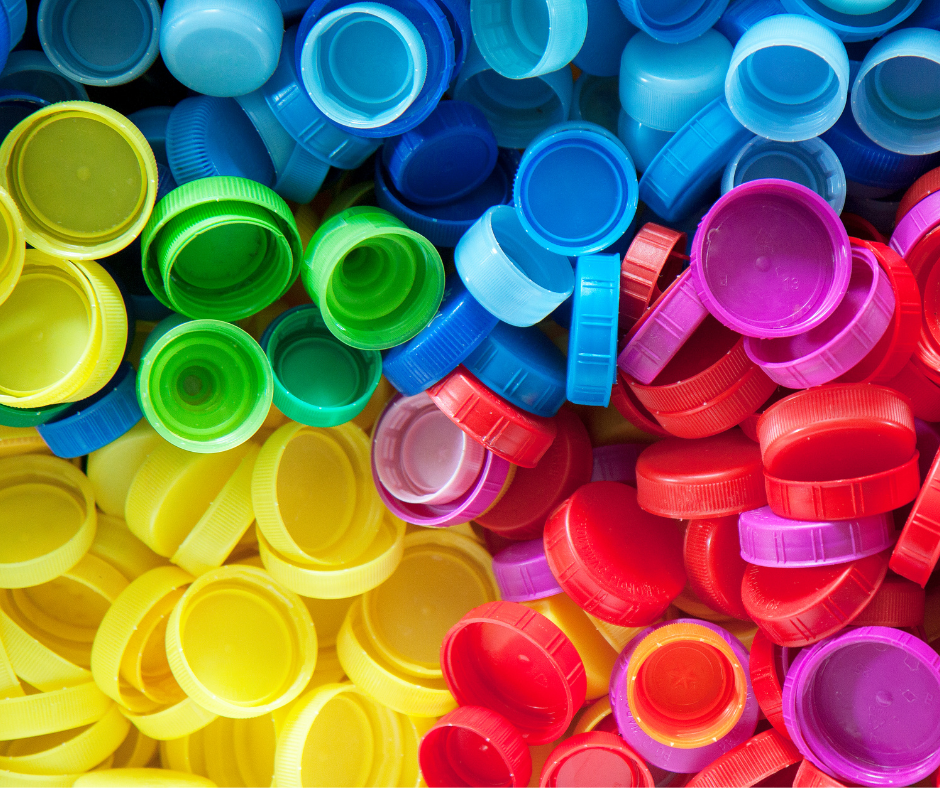The use of plastic has become ubiquitous in our daily lives, but its impact on the environment is increasingly evident. Plastic is versatile, but its production and disposal have significant consequences for the ecosystem.
The environmental impact of plastics
The advantages of plastics are many and have contributed to its widespread use in various industries. Although there are alternatives, this material is extremely flexible and malleable, making it suitable for sectors such as packaging, construction, automotive, electronics and healthcare.
It is robust and lightweight. Low procurement and production costs and its ability to withstand water have enabled plastics to be used in a wide range of industrial and commercial applications, from packaging food packaging to medical devices.
Its origin from non-renewable sources such as oil and natural gas contributes to global warming and geopolitical tensions related to energy dependence. In addition, some types can release harmful chemicals such as bisphenol A (BPA) and phthalates, which can interfere with the endocrine system and cause hormonal, reproductive and neurological problems.
Not all types of plastic (there are 7) are easily recyclable, and the recycling process can be complex and expensive, limiting its effective recycling.
The presence of these objects, dispersed in the environment, poses a threat to marine wildlife, which may ingest it or become trapped in it, causing suffering and death. Furthermore, this material contributes to greenhouse gas emissions, both during its production and degradation.
Efforts to reduce plastic waste
Many countries and regions have introduced laws and regulations to limit or ban the use of certain single-use plastics, such as bags, straws and cutlery. Organisations are investing in technology and infrastructure to improve plastic recycling and increase demand for it.
Companies, communities or individuals have adopted sustainable practices to reduce the use of plastic, for example:
- Boyan Slat, the young Dutch inventor founded The Ocean Cleanup an organisation dedicated to removing plastic from the oceans; this young boy has developed an innovative system that uses sea currents to capture floating plastic without harming marine life.
- NaturaSì, Italy’s first organic supermarket chain has decided to eliminate single-use plastic from its shops and replace it with compostable or reusable materials. It has also launched a campaign to raise awareness about the harm of plastic and ecological alternatives.
- Life Beyond Plastic a cross-regional project involving young Italian activists, teachers and students in a process of awareness-raising and action to reduce, recycle and reuse plastic waste; the project also includes the production of a documentary and a travelling exhibition on the theme of marine litter.
Alternatives to plastic
Alternatives to plastic are items that have similar characteristics but are more environmentally friendly and sustainable. Some researchers and innovators are developing alternative materials that are more biodegradable, compostable or renewable, such as:
- Wood is an inherently sustainable natural resource; new to the market is the liquid wood a biopolymer made from lignin, which can be moulded into different shapes and can be used to produce toys, furniture and other objects.
- Milk proteins can be used to create an innovative form of biodegradable plastic. The ‘milk plastic‘ is not only easily biodegradable and recyclable, but also shows greater resistance to cracking and less harmful effects on the environment than petroleum-based plastics.
- Poultry feathers are rich in keratin, a tough and durable protein also found in human hair and sheep’s wool. It has proven to outlast other alternative materials to plastic derived from plant sources such as soya and starch. Moreover, it is cheap, recyclable and biodegradable.
In addition to these materials, returnable empties are strategic. Examples are milk, yoghurt, fruit juice, washing powder, shampoo and conditioner.
Finally, another alternative to plastic is to reduce our consumption of products that contain it or are packaged in plastic; we can prefer products in bulk or on tap.
We can also avoid single-use or disposable products, such as water bottles, plastic dishes, cotton buds, razors and tampons. We can opt for durable or recyclable products, such as water bottles, metal or ceramic crockery, wooden or bamboo toothbrushes and menstrual cups.
By adopting these alternatives to plastic, you can help safeguard our planet and our health, as well as save resources and energy.
Play for the planet!
